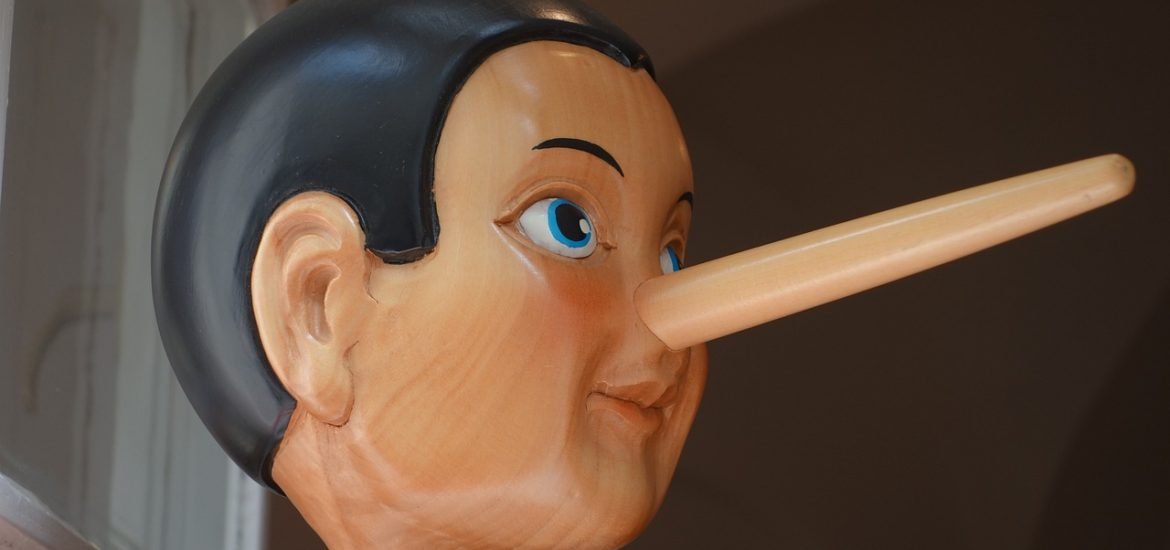
Catching a liar has never been easier. It’s not about body language or how convincing the message is; liars are all about how detailed the story is. This is the basis for a new way to detect lies, according to a study published in Nature Human Behaviour.
Often, police officers and security staff are trained to detect almost 100 signs that someone may be lying, but researchers from the University of Amsterdam’s Leugenlab (LieLab), Maastricht University, and Tilburg University believe they found an easier way to do this.
“It’s an impossible task. People can’t assess all those signals in a short time, let alone integrate multiple signals into an accurate and truthful judgment,” said Bruno Verschuere, associate professor of Forensic Psychology. “we are used to believing people who look innocent. After all, it pays to believe by default that people are good. And liars have happily exploited this fact – just remember Lance Armstrong, he had many people’s sympathy for a long time.”
Good liars are consistent and plausible. Researchers say that it’s best not to rely on someone’s body language or what they’re actually saying, but at the moment, there are no reliable ways to detect lies.
To overcome this, the Lie Lab has developed a new approach to lie detection using one single signal: the level of detail in the story. “It feels very counterintuitive to just listen to what people are saying and not to pay attention to all kinds of other signals, such as how convincingly or emotionally someone conveys their story,” explained Verschuere. “But people who tell the truth can give a rich description because they actually experienced the event, whereas although liars can come up with details, this increases their risk of being caught.”
To assess the new method, researchers conducted a series of experiments. Participants were divided into guilty and innocent, and the guilty group had to steal an exam from a locker. In contrast, the innocent group had to spend some time in the library then go for a coffee with a friend. When questioned, both groups had to say that they were in the library. About 1500 people read the participants’ statements and watched video and live interviews to see if they could spot the “liars.”
When instructed to look at multiple signs — including nervous behaviour or a particularly emotional story — those assessing the statements struggled to distinguish lies from truths. However, when using only the amount of detail in the story — about the place where they were, what time, location, who else was there, etc — they were consistently able to spot the liars. “Our findings challenge the notion that people lack the potential to detect deception. The simplicity and accuracy of the use-the-best heuristic provide a promising new avenue for deception research,” concluded the researchers in the study.
If you want to find out more about this new approach, Verschuere created a science comic together with cartoonist Jan Cleijne.
Verschuere, B., Lin, CC., Huismann, S. et al. The use-the-best heuristic facilitates deception detection. Nat Hum Behav (2023). https://doi.org/10.1038/s41562-023-01556-2